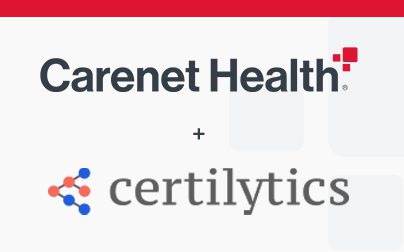This is the first in a three-part healthcare concierge services series regarding why offering healthcare consumers and patients high-touch advocacy and navigation support is critical for staying competitive.
The rising cost of healthcare is an ongoing burden for employers and employees alike. Premiums for employer-sponsored family health coverage have jumped 55 percent since 2007, according to the Kaiser Family Foundation. In 2017, the annual premium for a family plan averaged $18,764, with employers covering about 70 percent of the cost, and employees contributing about 30 percent, or $5,714.
To contain costs, employers have been shifting to high-deductible plans and increasing employee contributions to plan premiums. Many, however, have come to realize that such cost-shifting strategies aren’t always resulting in higher engagement, improved outcomes and reduced spending.
Transferring more of the financial burden to employees also makes for a less attractive benefits package—a risky move in today’s competitive job market.
Consumers and Patients Are Ill-Equipped
Even though consumers are paying more, and thus naturally expecting more, they are still ill-equipped to efficiently navigate today’s complex, fragmented healthcare system on their own. Many lack the essential information and expert guidance they need to effectively utilize their benefits and make the best choices for their health and their wallet.
Not only does this lead to inappropriate utilization and wasteful spending, it also leads disillusionment and disengagement. Unsurprisingly, “81 percent of consumers are unsatisfied with their healthcare experience, and the happiest consumers are those that interact with the system the least,” revealed a recent industry report.
Such frustration can drive consumers to avoid healthcare altogether, including critical preventive care measures—an unfortunate decision that costs everyone.
More Handholding Needed
Recognizing the need to provide employees with greater handholding throughout their healthcare journey, employers are adding more personalized support services to their benefits package. In fact, 36 percent will offer high-touch health and wellness services this year, up from 28 percent the previous year, according to the Large Employers’ Health Care Strategy and Plan Design Survey.
While health plan advocacy and concierge services can take many shapes and forms, the programs that deliver a streamlined experience, improved healthcare outcomes and significant cost-savings provide consumers with a single point of contact who assists them with all their healthcare advocacy and navigation needs—and offers easy access to a multidisciplinary team of nonclinical and clinical professionals as needed (e.g., virtual doctor visit).
Gain a Competitive Edge
For employers, including personalized healthcare concierge services in their benefits package will help curb healthcare costs. It will also help attract and retain talent and cultivate a more engaged, satisfied, healthy and productive workforce—all key for staying competitive in the current job market. For health plans, offering high-touch assistance is an opportunity to provide a seamless member experience, strengthen their relationship with employers and consumers, build brand equity and loyalty, and increase revenue.
Plans that are slow to embrace the need for greater advocacy and navigation support risk losing out to non-traditional competitors that are aggressively promoting their concierge services to employers and consumers alike.
To learn more, click here to download Carenet’s e-book, Staying Competitive in a Customer-Centric Market: Why Joining the Healthcare Concierge Movement is Critical for Meeting Employer Needs and Consumer Expectations.
To read part two of this three-part series, click here.



